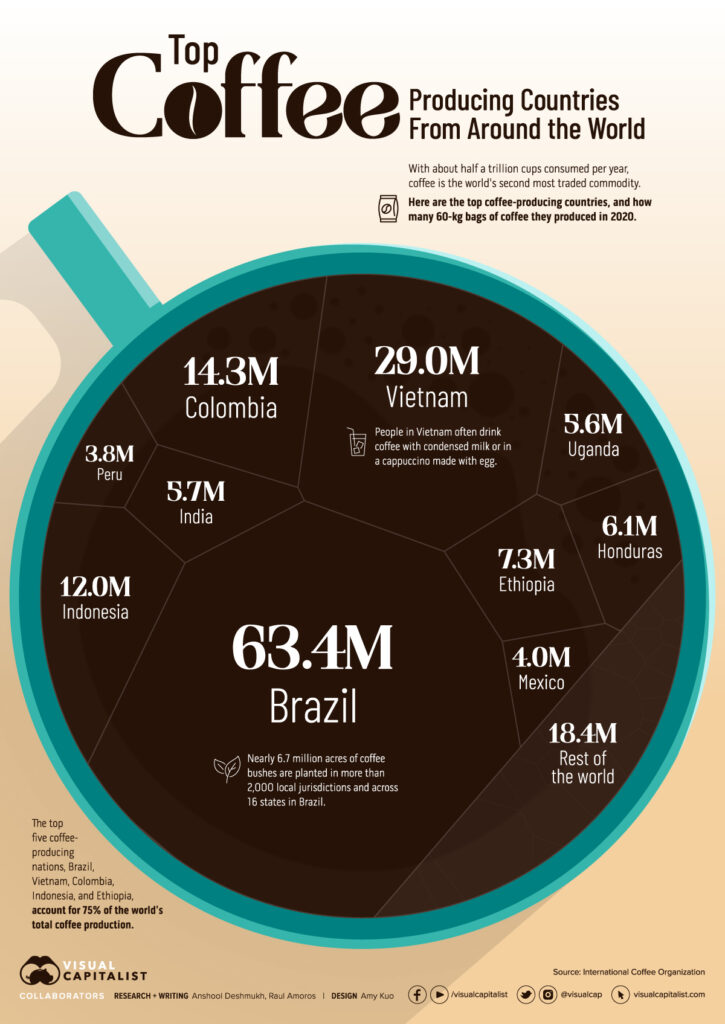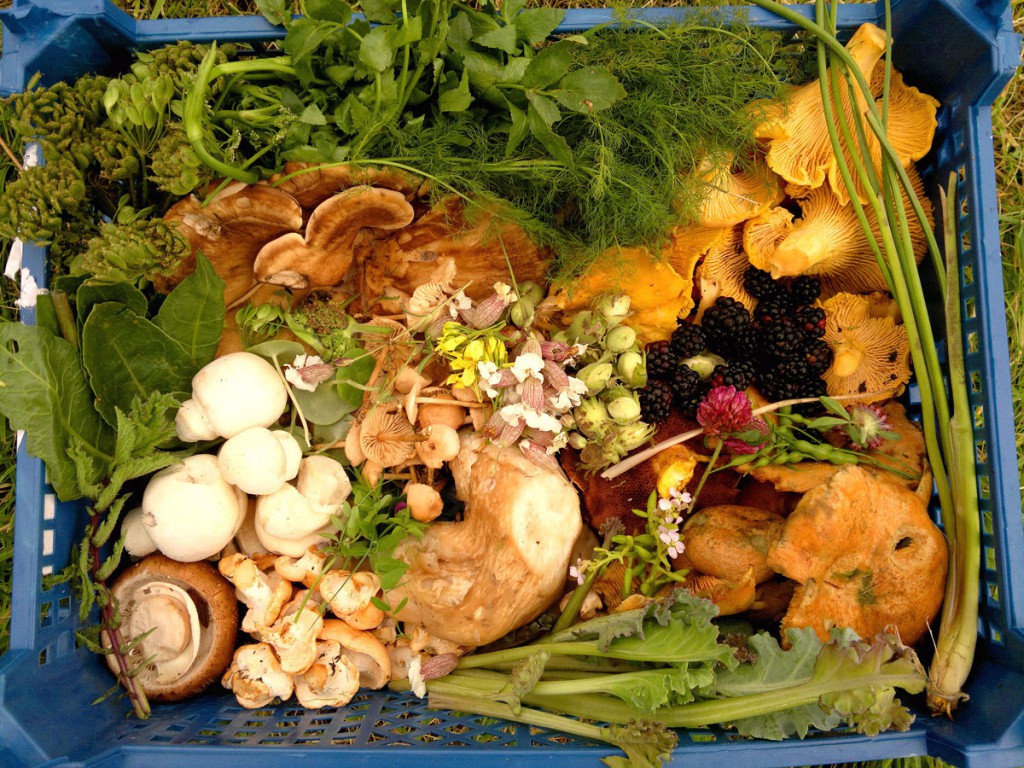Question of the Day What makes a country reliant on a certain food and how does this introduce vulnerability to the food system?
Viet Nam, a country I’ve never been to, is the focus area of my thesis. Next week I’ll divulge about my research more, just thought I would begin this blog with something lighthearted. While research is underway and just in its beginning stages, I’ve decided instead to share some interesting facts about this country.
Generally known in Ireland for its cuisine, like Bahn Mi and Pho, (the noodle soup famously pronounced incorrectly by many of us in Europe), Vietnam has a population of 97,468,029 Million (WorldBank 2023) Rice is a large part of the diet in Viet Nam, and it is mostly self sufficient in producing its own. Indeed, in 2021, they exported approximately $3 Billion worth of rice to countries such as the Philippines and China.
With such a large population, it stands to reason that Viet Nam is incredibly multiethnic, with around 54 diverse groups, each of whom have their own language and culture. Some of these groups are predominantly vegetarian

If you like your caffeinated beans, its interesting to note that Viet Nam is the second largest exporter of coffee in the world after Brazil. However, they are the largest exporter of Coffee Substitutes, or at least were in 2021, sending 1218370 Tonnes abroad (FAOSTAT, 2023). Something small to be aware of when Coffee beans are vulnerable to shifts in the environment associated with climate change!
They are also the 5th largest exporter of Tea leaves after Kenya, China, Sri Lanka and India! –(FAOSTAT, 2023).
If you, reader, have any interest in food at all, I recommend Eating To Extinction by Dan Saladino. Dan is a BBC journalist, and in this he explores some of the worlds vanishing foods and why they are. It’s not a small, nor easy book to read, but does provoke some thought.

